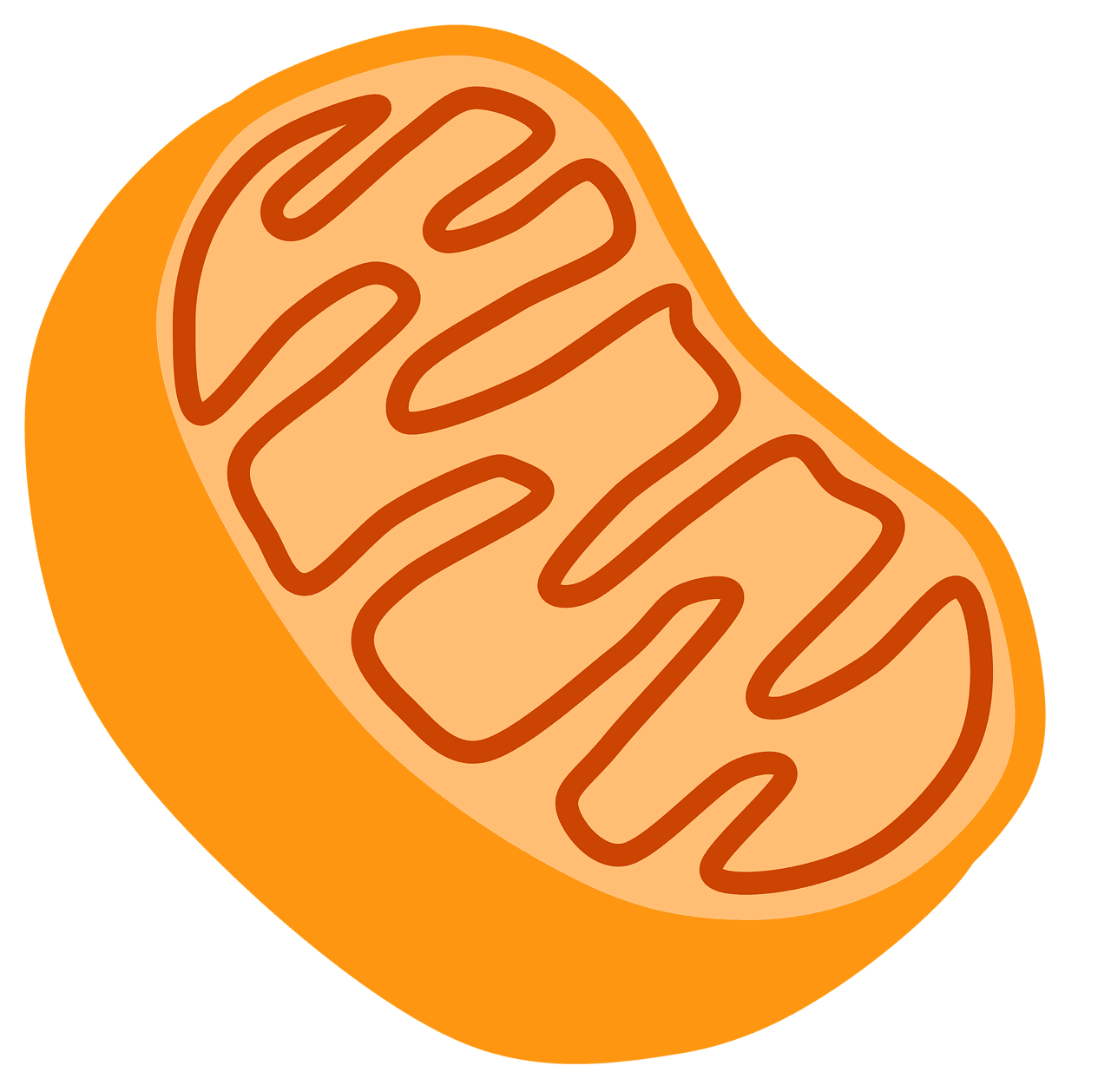It is vital for every living organism to derive and make use of energy for survival. This energy is obtained by breaking down sugars and then hoarding them in ATP.
There are two major processes that lead to the formation of ATP. These include cellular respiration and fermentation.
Key Takeaways
- Cellular respiration is an aerobic process that produces energy through the breakdown of glucose, while fermentation is an anaerobic process that generates energy in the absence of oxygen.
- Cellular respiration yields more ATP per glucose molecule than fermentation, making it a more efficient energy production method.
- Both processes occur in living organisms to produce energy, but cellular respiration is prevalent in most organisms, while fermentation mainly occurs in microorganisms and muscle cells under oxygen-deficient conditions.
Cellular Respiration vs Fermentation
Cellular respiration is a process that involves glucose turning into chemical energy by oxidization and then being converted into ATPs, with ethanol and lactic acid as by-products. Fermentation is the process in which ATPs are produced in living beings, only in microorganisms like yeast.

Cellular respiration is a survival process that takes place inside the cells of living organisms. Through its action, chemical energy derived from nutrients and oxygen molecules is converted into ATP.
This means that only a little ATP is created from chemical energy along with a larger amount of waste products. This waste includes lactic acid and ethanol.
Comparison Table
| Parameters of Comparison | Cellular Respiration | Fermentation |
|---|---|---|
| Oxidization | Cellular respiration fully oxidizes glucose to produce ATP. | Fermentation only oxidizes glucose partially, resulting in larger waste production. |
| Occurrence | Cellular respiration occurs in the cytoplasm as well as mitochondria. | Fermentation occurs only in the cytoplasm. |
| Production | Through cellular respiration, around 36 ATPs are produced. | The process of fermentation only produces 2 ATPs. |
| Water | As a result of cellular respiration, water is produced as a by-product along with ATPs. | No water is produced during the process of fermentation in the cells. |
| Types | Cellular respiration is of two types – Aerobic respiration and anaerobic respiration. | The process of fermentation can take place in two ways – Ethanol fermentation and lactic acid fermentation. |
| Organism | Cellular respiration takes place in higher organisms. | Fermentation takes place in microorganisms such as yeast. |
What is Cellular Respiration?
Cellular respiration is the process through which glucose is oxidized to form chemical energy, which is then converted into ATPs. Along with ATPs, lactic acid and ethanol are discharged as by-products.
Generally, plant and animal cells use nutrients such as sugar, amino acids, and fatty acids in the process of cellular respiration. Meanwhile, oxygen (O2) is most used as the oxidizing agent that leads to the discharge of chemical energy.
Cellular respiration is of two types – Aerobic respiration and Anaerobic respiration. Aerobic respiration is the process in which oxygen plays a vital role in creating ATPs.

What is Fermentation?
Fermentation is another process by which ATPs are produced in living beings. However, this process takes place only in microorganisms such as yeast.
The process of fermentation takes place when there is a lack of oxygen intake in the cell. In such a case, pyruvic acid is not metabolized by cellular respiration but by fermentation.
There are two types of fermentation processes that take place in microorganisms. These include ethanol fermentation and lactic acid fermentation. Fermentation oxidizes NADH to convert it into NAD+, which is then reused in glycolysis.

Main Differences Between Cellular Respiration and Fermentation
- Cellular respiration takes place in higher organisms, while fermentation takes place only in microorganisms such as yeast.
- Oxygen is crucial in the process of cellular respiration, whereas fermentation does not require oxygen.
- https://onlinelibrary.wiley.com/doi/abs/10.1002/tea.3660310605
- https://academic.oup.com/plphys/article-abstract/79/3/879/6081495

The tone of the article can be perceived as dry and mundane. Some humor would make it more engaging.
I see where you’re coming from, but the seriousness of the topic calls for a formal tone.
I disagree. Mixing humor could compromise the scientific rigor of the article.
The article presents a complete and concise explanation of cellular respiration and fermentation, and the differences between the two processes. The author should have included some images to explain the processes more easily.
The author’s explanation of cellular respiration and fermentation is thorough.
The article could be improved by providing some examples.
The author should have included more practical applications of cellular respiration and fermentation.
The information provided in this article is clear and well-organized.
This article is quite informative and covers the topic in depth.
I agree with you, cellular respiration and fermentation are well explained here.
I think the article is too complex. It might be difficult for readers who are not familiar with the topic to understand.
I disagree. The complexity of the article allows the reader to explore the topic in detail.
This article should be more focused on one specific topic. It discusses both cellular respiration and fermentation, where it may be more effective to cover each topic in separate articles.
I see your point, but I believe the author did well in comparing the two processes in a single article.